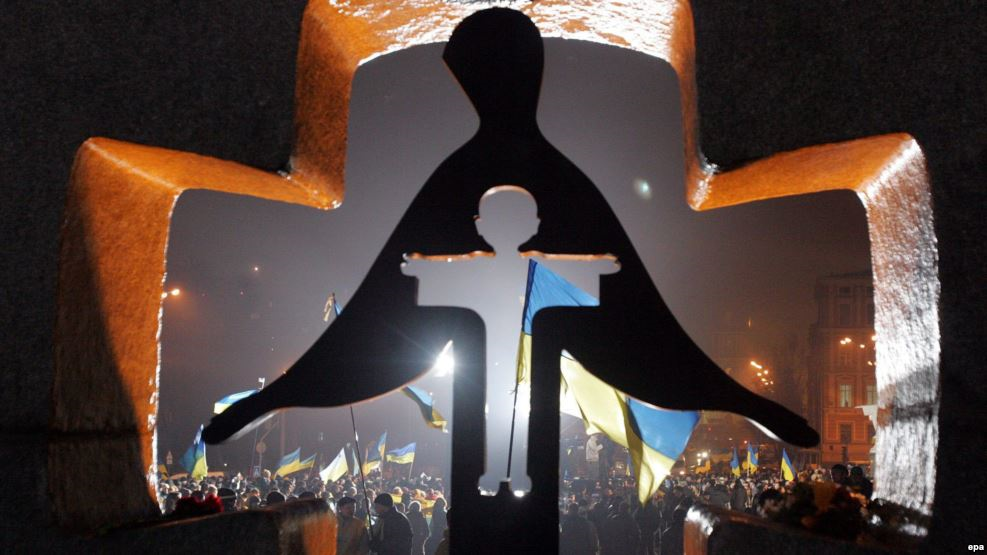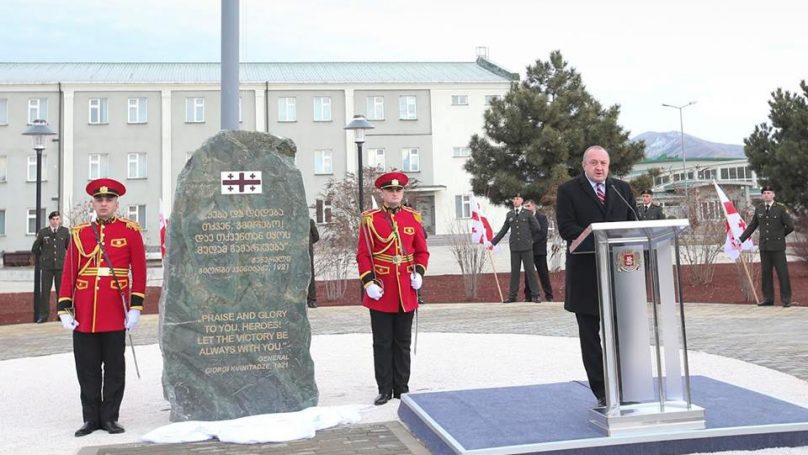A VTsIOM poll shows that the overwhelming majority of Russians have a positive attitude toward Soviet symbols but that a significant share of them do not know what those symbols stand for, a measure of the extent to which the Soviet past is being rapidly transformed for many of them from a harsh reality to an attractive myth.
More than two thirds of Russians, the poll finds, have a positive attitude toward the hammer and sickle and the red star, while about only one in ten have a negative one. At the same time, six percent don’t know what the hammer and sickle stands for, and ten percent don’t know what the red star symbolizes.
That this should be a concern not only for Russians but for everyone is suggested by Dmitry Bykov in his appreciation of Robert Conquest who made “a more principled and in a certain sense more significant” contribution to the understanding of the Soviet period and the Great Terror than even Aleksandr Solzhenitsyn.
Unlike Solzhenitsyn, Bykov points out, “Conquest justly suggested that Stalin was not a communist and in general for us Bolsheviks ideas were not a fetish” and argued instead that terror was something independent of ideology but very much rooted in certain national traditions like those of Russia.
That insight is important, he suggests, both for Russians and the West, many of whom in both places are too quick to assume that having ceased to be communist, Russia is no longer a place where the most horrific things can happen. Conquest understood that this was not the case, and it is unfortunate that his words have not been attended to as much as they should.
“Russia, communist or Bolshevik or Stalinist, call it what you like, was an organic continuation of tsarist Russia and passed through the same oprichniki” that had been true of the time of Ivan Grozny, Bykov says. “And this is what Conquest showed,” that terror was an attractive option for its leaders and its people all too often.
There are three reasons for this, the Moscow commentator says. First, terror has the great advantage for many in that it eliminates any sense of personal responsibility and always allows people who are part of it to deny that fact. Second, terror isn’t based on ideology; it is based on the interests of the rulers. And third, terror doesn’t need or promote a strong economy.
Conquest’s “The Great Terror” was not devoted to any “ideological unmasking,” Bykov says. In fact, the historian found much “useful and healthy” in Russian socialism. Instead, he showed that Russian history, including its Stalinist period, was “an extra-ideological history,” one that occurred not because of a specific set of ideas but rather because of specific interests.
The time may have come in Russia again to ban Conquest’s book again, Bykov suggests, “because the moral of this book is horrific:” guilt may lie not with what was Soviet but rather with what is Russian and “that Russia alone hasn’t been able to think of anything more interesting than the Great Terror.”
“That is what Conquest showed the world,” Bykov concludes, “and that is why his book hasn’t generated any interest in Russia since the perestroika period.”
To say this is not to say that the horrors of the Stalinist period were not worse than those Putin has visited upon the country – at least to date. Information about those horrors continues to come out, although just like Conquest’s great book, it seldom attracts the attention either in Russia today or the West.
One especially noxious feature of the Stalin system, for example, was the existence of special “hospital laboratories” where Soviet counterparts of the Nazi Dr. Mengele experimented on human victims. Few want to talk about that or about the fact that the NKVD/MGB doctor who headed them was given only a ten year sentence.
His case, which involved the death by poisoning of many Soviet citizens and Russians abroad, has now been documented by Vladimir Ignatov, Executioners and Executions in the History of Russia and the USSR (in Russian, Moscow, 2014) and now summarized online.






